calsfoundation@cals.org
Belle Grove Historic District
The Belle Grove Historic District in Fort Smith (Sebastian County) is located northwest of the city’s downtown commercial district and contains twenty-two square blocks. It is bounded by North H Street on the north, halfway between North B and C streets on the south, the alley between North 8th Street and North 9th Street on the east, and the alley between North 4th Street and North 5th Street on the west. The Belle Grove Historic District was listed on the National Register of Historic Places on July 16, 1973, for its significance in architecture, education, politics, and social/humanitarian influences. On September 3, 1974, the neighborhood was established as a historic district by local ordinance. It is the oldest residential neighborhood in Fort Smith and is the first historic district in Arkansas established by ordinance pursuant to state law.
The neighborhood was home to many early Fort Smith political leaders, merchants, attorneys, bankers, and physicians. One of the most well-known residents was William H. H. Clayton (October 13, 1840–December 24, 1920), who served fourteen years as the U.S. District Attorney of the Western District of Arkansas in Judge Isaac C. Parker’s court. During Clayton’s distinguished career in Fort Smith, he successfully prosecuted more than 10,000 cases. Other prominent residents who lived in the neighborhood included James K. Barnes, attorney, postmaster, and U.S. Attorney for the Western District of Arkansas; doctors William Blair and John McGinty; Herman Baer, founder and president of First National Bank; Susan Neis Bonneville, wife of General Benjamin Bonneville; Ben Atkinson, hardware merchant; John Vaughn, mercantile businessman; and Brigadier General William Orlando Darby, founder and leader of the American Rangers in World War II.
Buildings in the Belle Grove Historic District represent some of the finest examples of mid- to late nineteenth-century and early twentieth-century Victorian architecture in Fort Smith. A variety of architectural styles are represented in Belle Grove Historic District, including French Colonial, Federal, Colonial Revival, Italianate, Second Empire, Carpenter Gothic, Folk Victorian, Queen Anne, Eastern Stick, Eastlake, Richardsonian Romanesque, Romanesque Revival, Classical Revival, American Foursquare, Craftsman, and Mission. While the majority of the buildings in Belle Grove Historic District have remained residential, several are utilized as professional offices.
The oldest homes in the historic district are the Casper Reutzel House (circa 1850) and the Louis Tilles House (circa 1869). The Casper Reutzel House located at 423 North D Street represents French Colonial architecture. It was the home of Casper Reutzel, a native of Germany and co-owner of the largest cotton shipping firm on the Arkansas River. The home was restored in 1973 by Sue Ross Cross and Randall Ross Viguet. The Louis Tilles House located at 400 North 8th Street represents the Federal style. It was the home of Louis Tilles, a native of Poland who settled in Fort Smith near the end of the Civil War as a general supply and tobacco businessman. The house was restored in 1975–76 by former state representative Carolyn Pollan.
The largest and most prominent building in the Belle Grove Historic District is the Belle Grove School located at 600 North 6th Street. The school was constructed in 1886 and designed in Italianate/Romanesque Revival architecture. It was one of Fort Smith’s first public schools and is the oldest remaining school building in Fort Smith. The building was converted into apartments in 1984.
Another significant structure in the historic district is the William H. H. Clayton House (circa 1882), located at 514 North 6th Street. The home is an excellent example of Eclectic Victorian architecture. In 1876, William Clayton purchased the property on which a smaller house existed. After enlarging and remodeling the house, the Clayton family resided in the home from 1882 to 1897. The house was restored by the Fort Smith Heritage Foundation beginning in 1971.
The McKibben-Bonneville House (circa 1870), designed in the Italianate style, is another significant property in the Belle Grove Historic District. The home is located at 318 North 7th Street, and its most notable owner was Sue Neis Bonneville, window of General Benjamin Eulalie de Bonneville. General Bonneville was known for his expeditions to the West.
Local resident Julia Yadon (February 24, 1910–April 25, 1996), who was principal founder of the Fort Smith Heritage Foundation, played a key role in establishing the neighborhood as a historic district and launching preservation efforts in the Belle Grove Historic District.
For additional information:
Belle Grove Historic District. City of Fort Smith. https://fortsmith.org/belle-grove-historic-district (accessed February 6, 2024).
“Belle Grove Historic District.” National Register of Historic Properties nomination form. On file at Arkansas Historic Preservation Program, Little Rock, Arkansas.
Cross, Viguet, and Julia Etter Yadon. Reflections of Fort Smith. Fort Smith, AR: Fort Smith Historical Press, 1976.
Brenda Andrews
Muldrow, Oklahoma
 Fort Smith Regional Art Museum
Fort Smith Regional Art Museum Historic Preservation
Historic Preservation Post-Reconstruction through the Gilded Age, 1875 through 1900
Post-Reconstruction through the Gilded Age, 1875 through 1900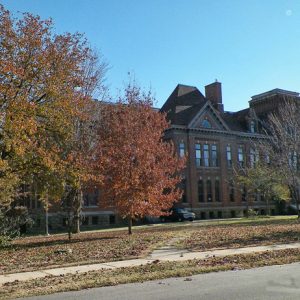 Belle Grove School
Belle Grove School 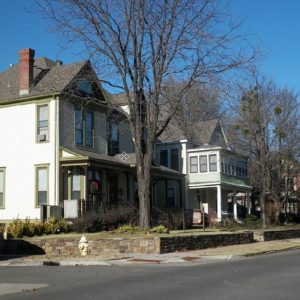 Belle Grove Street Scene
Belle Grove Street Scene  Belle Grove Street Scene
Belle Grove Street Scene  William H. H. Clayton House
William H. H. Clayton House 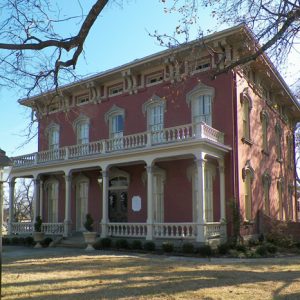 McKibben-Bonneville House
McKibben-Bonneville House 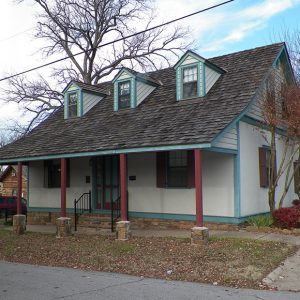 Casper Reutzel House
Casper Reutzel House 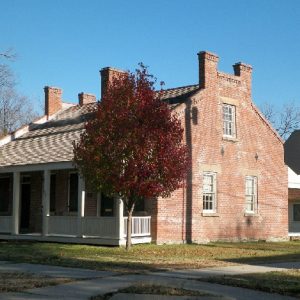 Louis Tilles House
Louis Tilles House 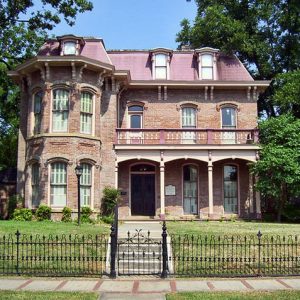 Vaughn-Schaap House
Vaughn-Schaap House 




Comments
No comments on this entry yet.